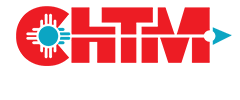Recent News
CHTM Joins NSF's NQVL Pilot Projects
August 9, 2024
OSE PHD, Dr. Xuefeng Li - Wins The Outstanding Interdisciplinary Graduate Programs Award
May 10, 2024
Dr. Ali Rastegari - 2024 OSE Best Dissertation Award Winner
May 10, 2024
2024 OSE Spring and Summer Graduates
May 10, 2024
News Archives
Patent issued to UNM team which includes CHTM faculty
April 19, 2017 - Compiled for CHTM
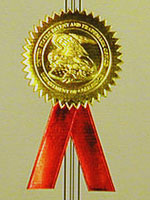
The Science & Technology Corporation at the University of New Mexico (STC.UNM or STC), has announced a new patent issued recently to a UNM team which includes faculty with the UNM Center for High Technology Materials (CHTM).
As the technology transfer and economic development organization for the University of New Mexico, STC.UNM protects and commercializes technologies developed at UNM by filing patents and copyrights and transferring the technologies to the marketplace. STC.UNM also connects companies, entrepreneurs and investors to these UNM technologies for licensing opportunities and the creation of startup companies.
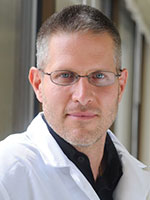
Jeremy Edwards
U.S. Patent No. 9,617,590 B2 was issued April 11, 2017 to Principal Investigator Jeremy Edwards and co-inventors Steven R. J. Brueck and Payman Zarkesh-Ha. The title is "DNA sample preparation and sequencing."
Dr. Jeremy Edwards is a Professor and Bioinformatics Director with the UNM Departments of Chemistry & Chemical Biology and Molecular Genetics & Microbiology. He is also the Modeling Core Co-PI and Center Investigator for the New Mexico Center for the Spatiotemporal Modeling of Cell Signaling (SMTC), an interdisciplinary department designed to sustain systems biology research and training as a long-term area of scientific emphasis at UNM. Dr. Edwards’ research interests are centered on two areas: spatial-temporal modeling of signaling networks and functional genomics tool development.
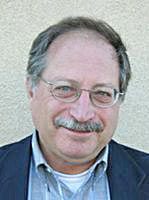
S. R. J. Brueck
Dr. Steven R. J. Brueck is a Distinguished Professor Emeritus with the UNM Department of Electrical & Computer Engineering (ECE), a CHTM faculty member, and Director Emeritus of CHTM. Brueck has made significant contributions to nonlinear optics, nanoscale lithography, semiconductor lasers, infrared detectors, nanophotonics and nanofluidics. He was named the STC.UNM Innovation Fellow in 2010 and received the UNM Presidential Award of Distinction in 2013. He has published over 500 technical papers and has served as an Associate Editor of Optics Letters, as Editor of the IEEE Journal of Quantum Electronics and as Founding Editor of the IEEE Journal in Selected Topics in Quantum Electronics. He holds 63 US patents of which 63 licenses and options have been exercised by 24 companies. Brueck is a fellow of OSA, IEEE, and AAAS. He was recently inducted as a 2015 Fellow of the National Academy of Inventors (NAI) in Washington D.C. in Spring of 2016.
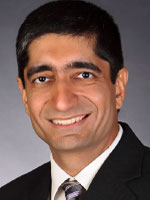
Payman Zarkesh-Ha
Dr. Payman Zarkesh-Ha is an Associate Professor with the UNM Department of Electrical and Computer Engineering, where he conducts research on interconnect predictive models to understand the limitation and opportunities for nanoscale VLSI technology. In addition, his research interests include: Statistical modeling of VLSI systems, design for manufacturability and reliability, low-power and high-performance analog and digital VLSI systems design. Dr. Zarkesh-Ha has published over 60 refereed papers and holds ten issued patents in this field. He is currently serving as technical committee member of System Level Interconnect Prediction Workshop (SLIP) and International Symposium on Quality Electronic Design (ISQED).
Abstract:
This disclosure describes, in one aspect, a method for preparing DNA molecule for sequencing. Generally, the method includes fragmenting the DNA molecule into double-stranded fragments; amplifying at least a portion of the double-stranded fragments; circularizing the fragments so that the first end of the fragment comprises a first loop connecting the strands and the second end of the fragment comprises a second loop connecting the strands; annealing a first sequencing primer to the first loop oriented to sequence at least a portion of one strand of the fragment; and annealing a second sequencing primer to the second loop oriented to sequence at least a portion of the other strand of the fragment. In another aspect, this disclosure describes a method for sequencing a DNA molecule. Generally, the method includes fragmenting the DNA molecule into double-stranded fragments; amplifying at least a portion of the double-stranded fragments; circularizing the fragments so that the first end of the fragment comprises a first loop connecting the strands and the second end of the fragment comprises a second loop connecting the strands; and sequencing at least one of the DNA strands.
Source:
U.S. Patent No. 9,617,590 B2

